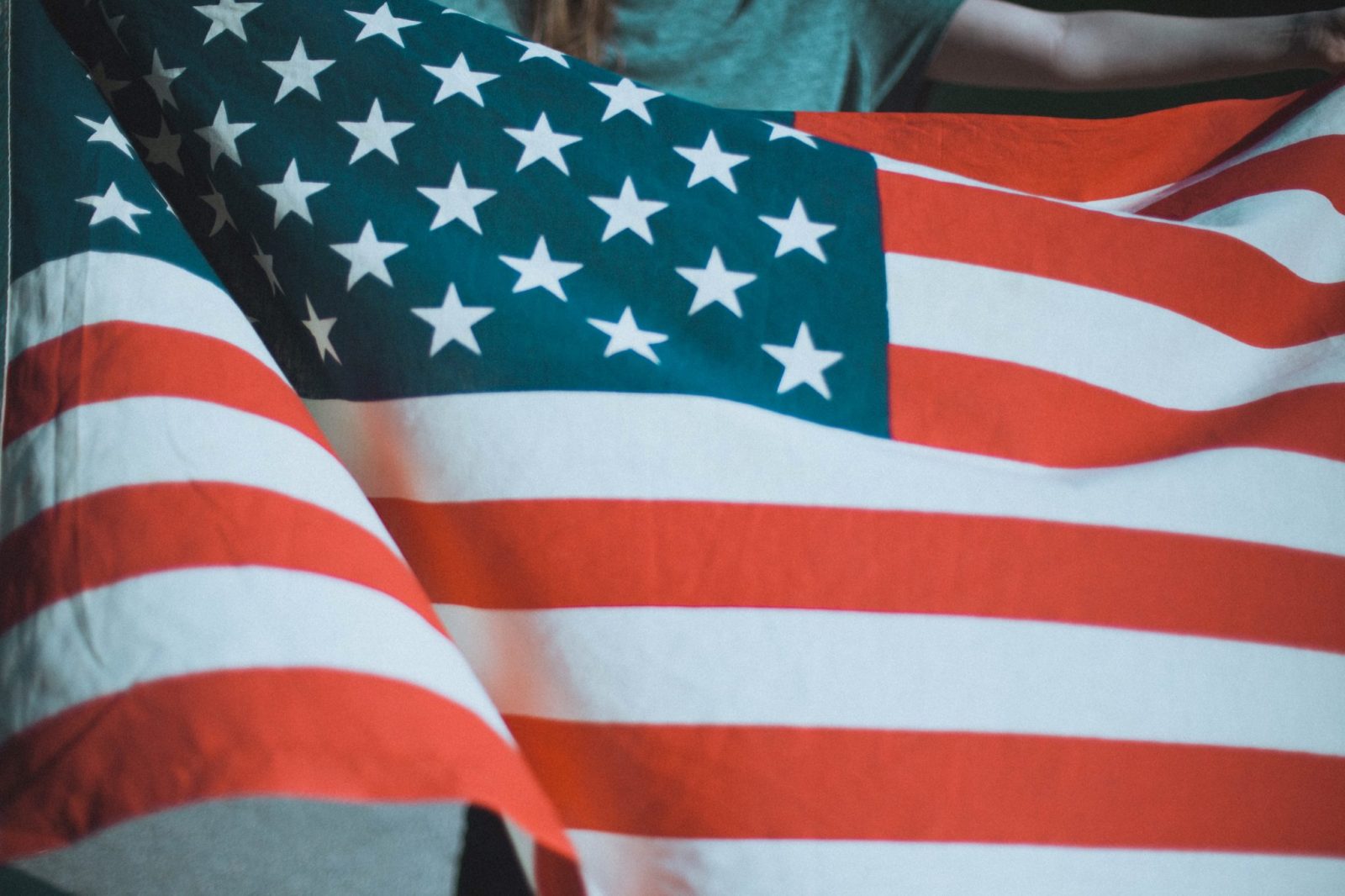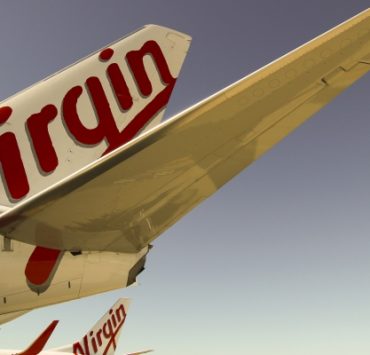
If low oil prices, a strong U.S. Dollar and the threat of international terrorism wasn’t difficult enough, airlines and particularly Gulf carriers have got another problem to deal with. Analysis by ForwardKeys, a travel marketing and intelligence company, has found a significant drop in bookings for travel to the United States.
Emirates and Etihad have already suspended Cabin Crew recruitment as it reacts to dwindling passenger demand and falling revenues. This latest news could be a further blow to any hopes of a swift recovery.
Before Donald Trump was sworn in as President of the USA there had been fears that travellers would be put off from going to the United States. Those fears didn’t materialise – until the first Travel Ban was signed in by Executive Order.
ForwardKeys, who analyse 16 million flight reservations a day, found that in the eight days after the Travel Ban came into force, international travel to the U.S. dropped by 6.5%.
Travel between the Middle East and the United States had been a success story for the Gulf airlines. Bookings from the region to the U.S. were up 12% year-on-year in the three weeks before the ban. But in the four weeks after the Executive Order was signed bookings were down by a huge 27%.
Oliver Jager, the founder of ForwardKeys told Reuters: “Uncertainty reigns and the presidential rhetoric appears to be deterring visitors to the U.S.,”
Overall, bookings to the USA over the next three months have dropped 0.4%. For the Middle East and Africa, that figure is 9.9%. Those numbers might sound small but it’s a significant change from the 3.4% increase in bookings that had been made the day before the Travel Ban.
All of the Gulf airlines have invested huge sums to increase their presence in the United States. Emirates marked its 11th U.S. destination when it launched the new Dubai – Fort Lauderdale service in December 2016. The airline has rapidly grown its North America network since it started flying to New York City in 2014. Emirates also plans a new ‘fifth-freedom‘ flight between Athens and Newark, New York.

Qatar Airways, who are celebrating their 10th year of operations to the United States currently fly to Atlanta, Boston, Chicago, Dallas-Fort Worth, Houston, Los Angeles, Miami, New York City/JFK International Airport, Philadelphia and Washington D.C. In January 2018, the carrier will launch a direct link between Doha and Las Vegas.
The Chief Executive of Qatar Airways, Akbar Al Baker said of the airline’s plans to develop its U.S. network: “Las Vegas is a thriving leisure destination and adding the city to our route map has been long overdue. Growing our western United States network is important to the airline as we are seeing exponential growth in passenger demand from the East via our state of the art hub in Doha,”
But did Etihad Airways foresee this downturn in passenger demand all along? The smallest of the Big Three Gulf airlines, Etihad currently only flies to 6 North American destinations and it doesn’t have any plans to increase that number.
James Hogan, the Chief Executive of Etihad Airways told Bloomberg earlier this year: “We are not flying into any further points in the U.S.A.,” he continued: “We are very comfortable with our American network.”
However, there is some good news to bring hope. The International Air Transport Association (IATA) have just released their air passenger statistics for January 2017.
“2017 is off to a very strong start, with demand at levels not seen since 2011,” said Alexandre de Juniac, IATA’s Director General and CEO. This followed the announcement that global air travel demand had risen 9.6% compared to January 2016 and demand in the Middle East had risen by 13.5%.
Mateusz Maszczynski honed his skills as an international flight attendant at the most prominent airline in the Middle East and has been flying throughout the COVID-19 pandemic for a well-known European airline. Matt is passionate about the aviation industry and has become an expert in passenger experience and human-centric stories. Always keeping an ear close to the ground, Matt's industry insights, analysis and news coverage is frequently relied upon by some of the biggest names in journalism.









